A Century of Discovery: Corcoran Hall Marks 100 Years of Science Milestones
Corcoran Hall, a historic science hub, marks its centennial. Home to the Big Bang theory and modern breakthroughs, it also primarily houses the Physics Department.


For more than a century, the Department of Physics has attracted some of the nation's top scholars. Students build a strong foundation in nuclear physics, astrophysics and biophysics while studying advanced concepts, from quantum mechanics to optics. They also collaborate with faculty and partner institutions to understand the building blocks of life, observe exploding stars in distant galaxies and detect subatomic particles at the core of matter.
Study in the physical sciences at the George Washington University goes back to the founding of the Columbian College in 1821. Officially founded in 1912, the department has been a leader in scientific breakthroughs ever since, including hosting the historical 1939 conference at which Nobel Prize Winner Niels Bohr announced that Otto Hahn had successfully split the atom, thus ushering in the atomic age. Department faculty have included renowned scientists such as George Gamow, early developer and advocate of the big bang theory, and Edward Teller, famed for his work on the hydrogen bomb.
Today, the department carries on the practice of excellent research at state-of-the-art labs in Corcoran Hall and Science and Engineering Hall on GW's Foggy Bottom Campus. Faculty regularly secure competitive grants from the U.S. Department of Energy, the National Science Foundation, NASA and the U.S. Naval Research Laboratory. In the lab and in the classroom, the department is applying physics solutions to everyday life.
“GW has a diverse population. The student body comes from very different backgrounds. Even if your idea of fun is running computer modeling cell movement simulations, here you can find your tribe.”
George Sangiolo
BS '18, Biophysics
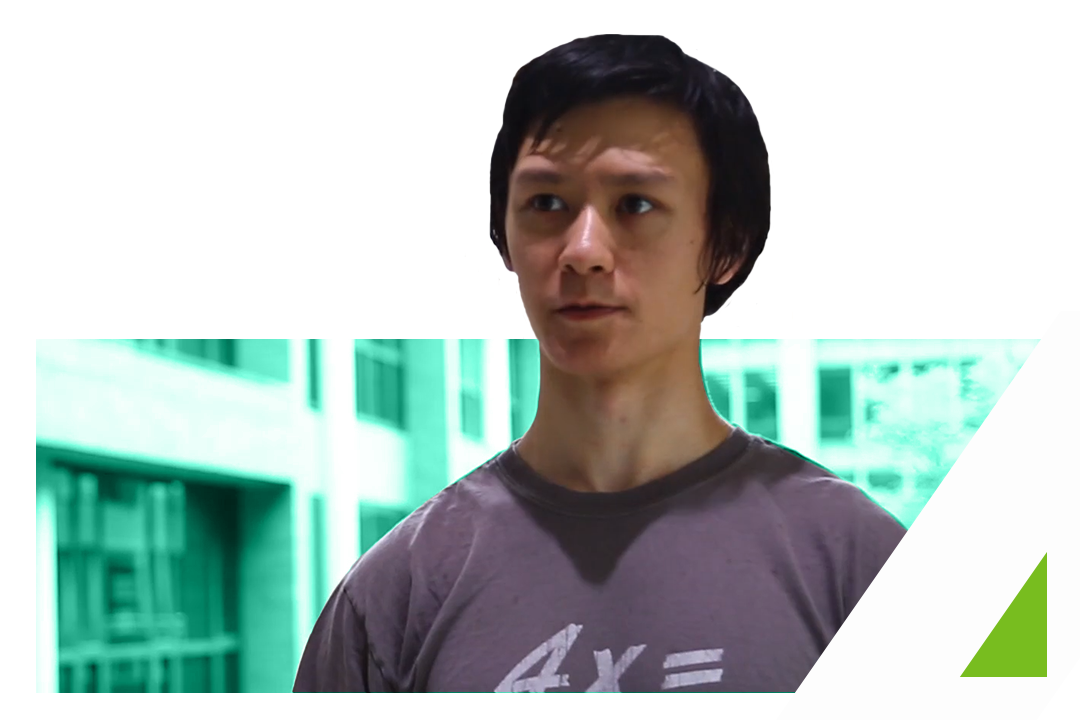
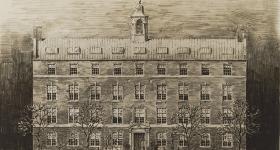
A Century of Discovery: Corcoran Hall Marks 100 Years of Science Milestones
Corcoran Hall, a historic science hub, marks its centennial. Home to the Big Bang theory and modern breakthroughs, it also primarily houses the Physics Department.
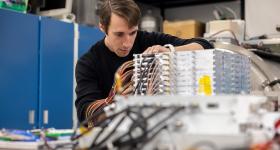
Ready to Launch: A GW Student’s NASA Mission
PhD student Nick Kirschner’s research journey took him from NASA labs to the New Mexico desert—part of an agreement that is propelling GW astrophysics to new heights.
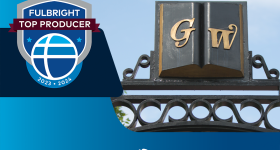
GW Hailed as a Top Fulbright Producer for 2023–24
GW has been recognized as a top producer of Fulbright scholars and students for 2023–24, including Physics Professor Gerald Feldman (Norway).

Malicious AI Activity Likely to Escalate into Daily Occurrence in 2024
Physics professor Neil Johnson's groundbreaking analysis exposes AI misuse by bad actors as over 50 nations, including the U.S., prepare for elections.

CCAS Biophysics Entrepreneur Shines in International Spotlight
Biophysics alumna Nathalya Ramirez, BS ’19, CEO of a healthcare start-up, was among the finalists at the World Business Angel Investment Forum in South Africa.
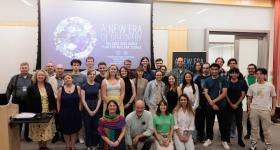
GW Hosts Priority-Setting Event for the Future of U.S. Nuclear Science
The next 10 years of nuclear physics research could see major discoveries, experts said at a livestreamed debrief.

New ‘Shockwave’ Science Tracks Online Hate Speech
Led by physics professor Neil Johnson, a research team created a formula that demonstrates how, why and when hate speech spreads throughout social media.
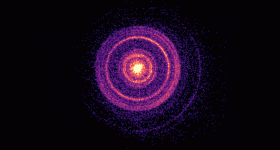
What Makes a Gamma-Ray Burst the ‘Brightest of All Time?’
Doctoral physics student Brendan O’Connor is the lead author of a new study on the massive cosmic explosion detected last October.
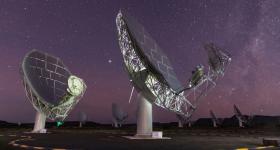
Astrophysics Student Impacts Earth and Sky
Graduate student Sarah Chastain searches space for cosmic transients—a project that is also opening the field to a diverse new generation of students and schola
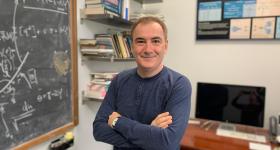
Andrei Alexandru was named a Fellow of the American Physical Society
Andrei Alexandru was named a Fellow of the American Physical Society
